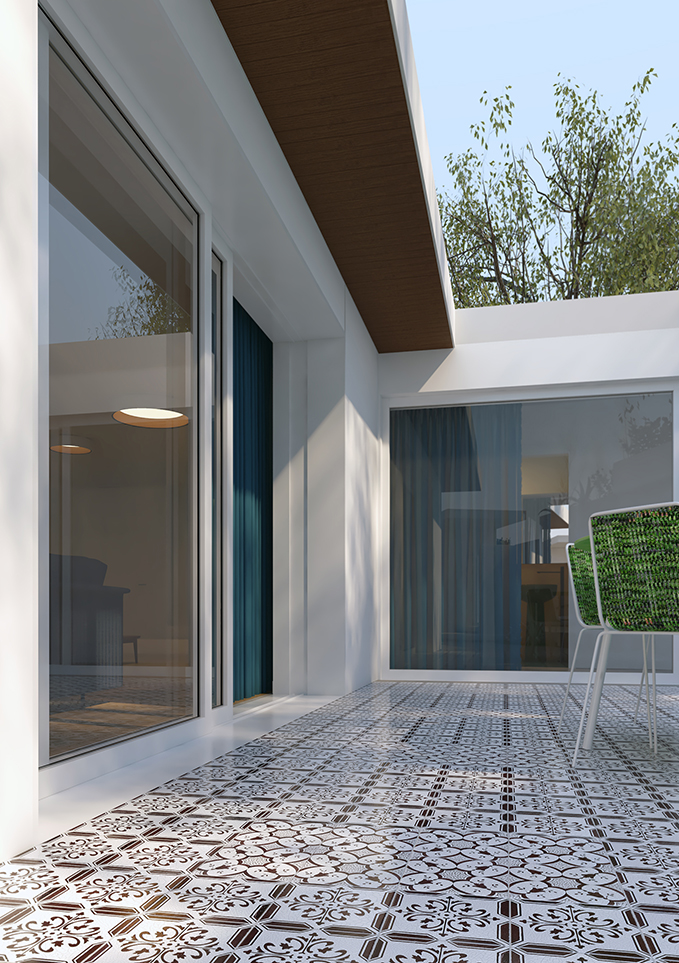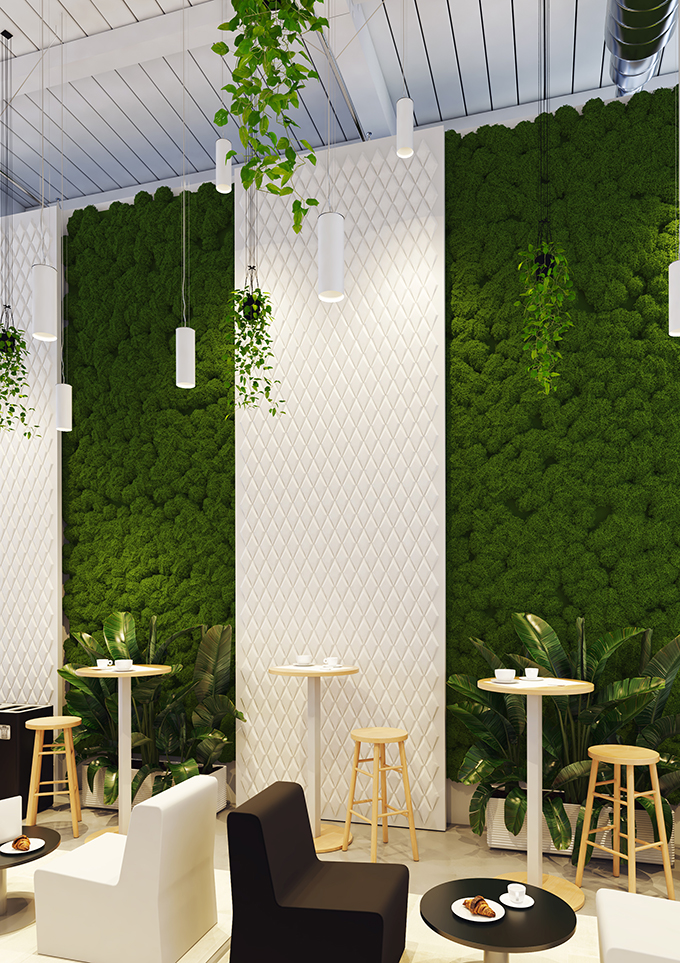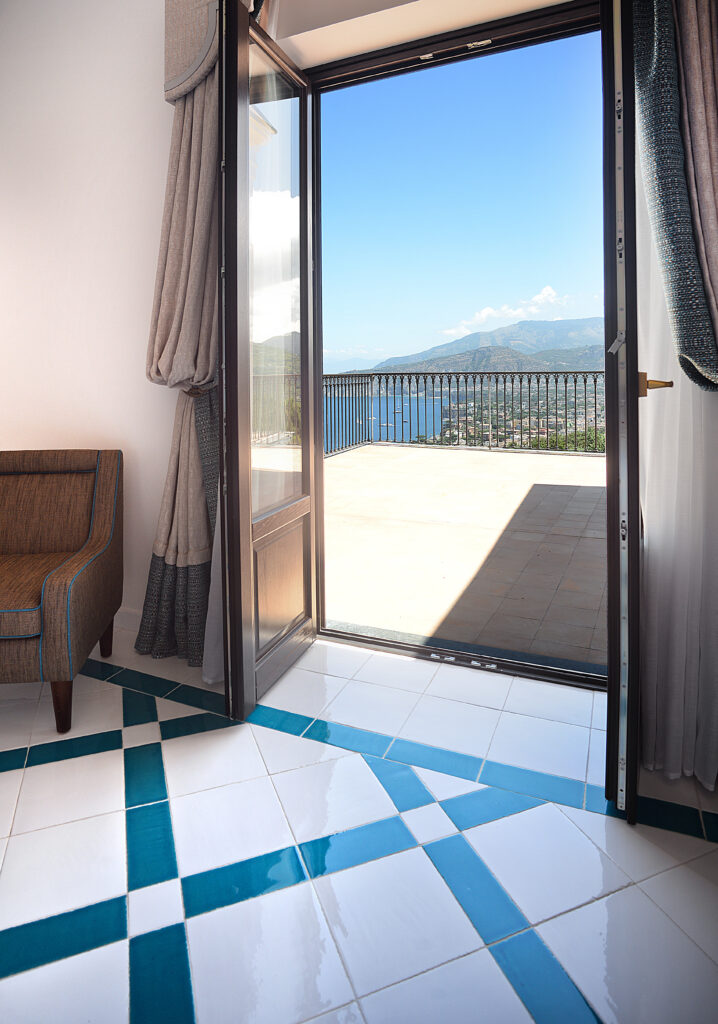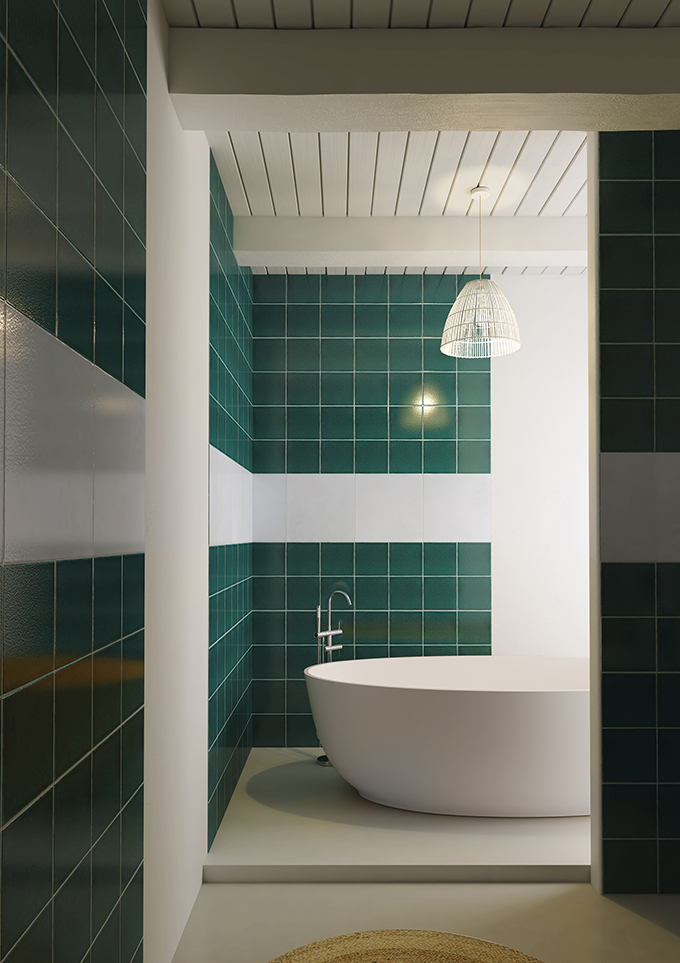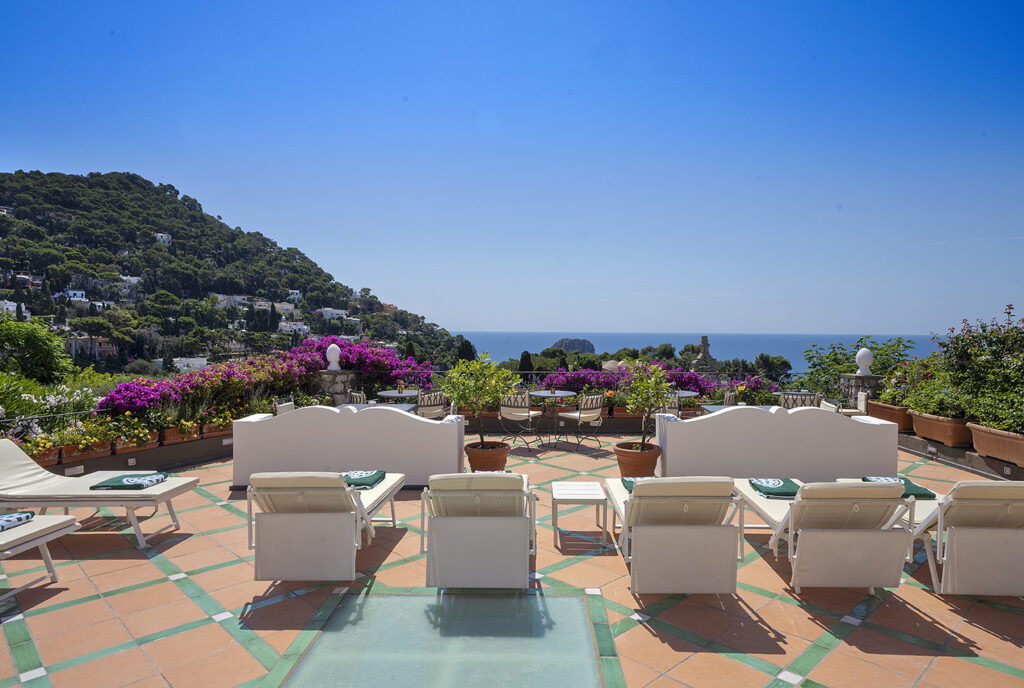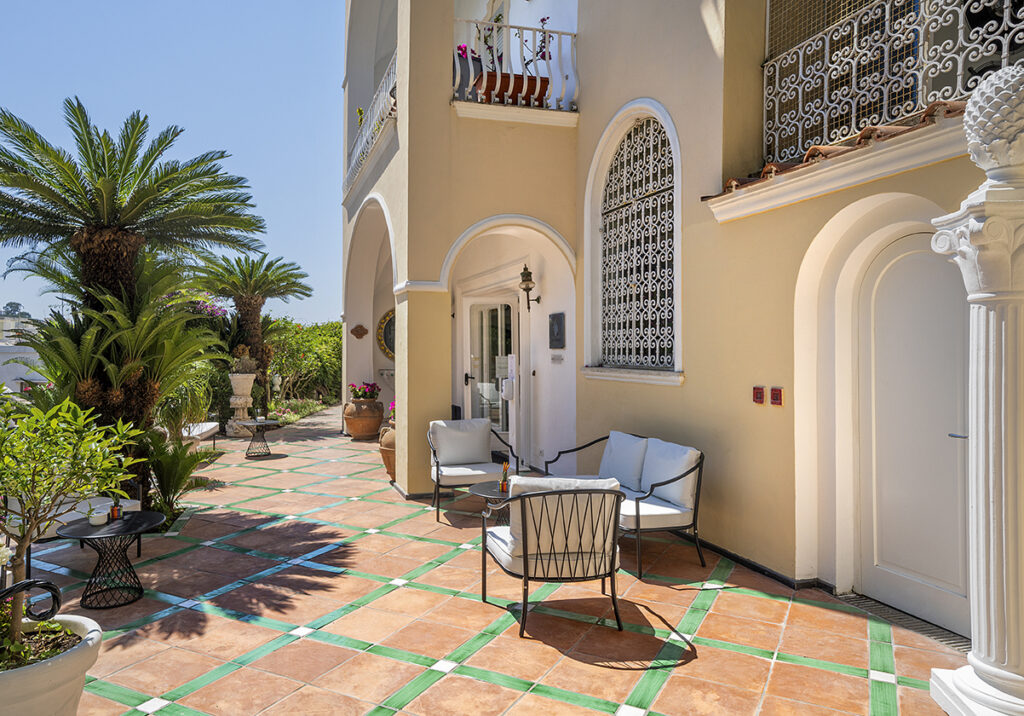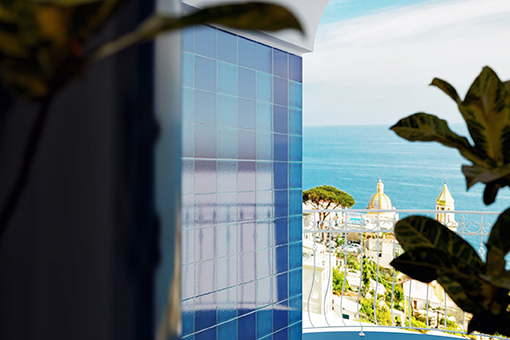
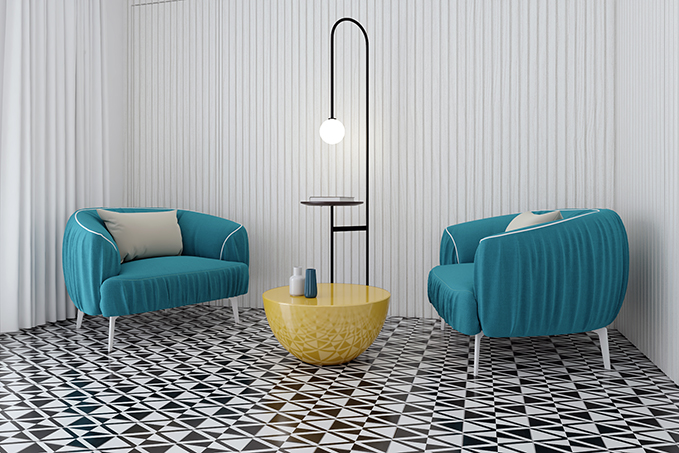
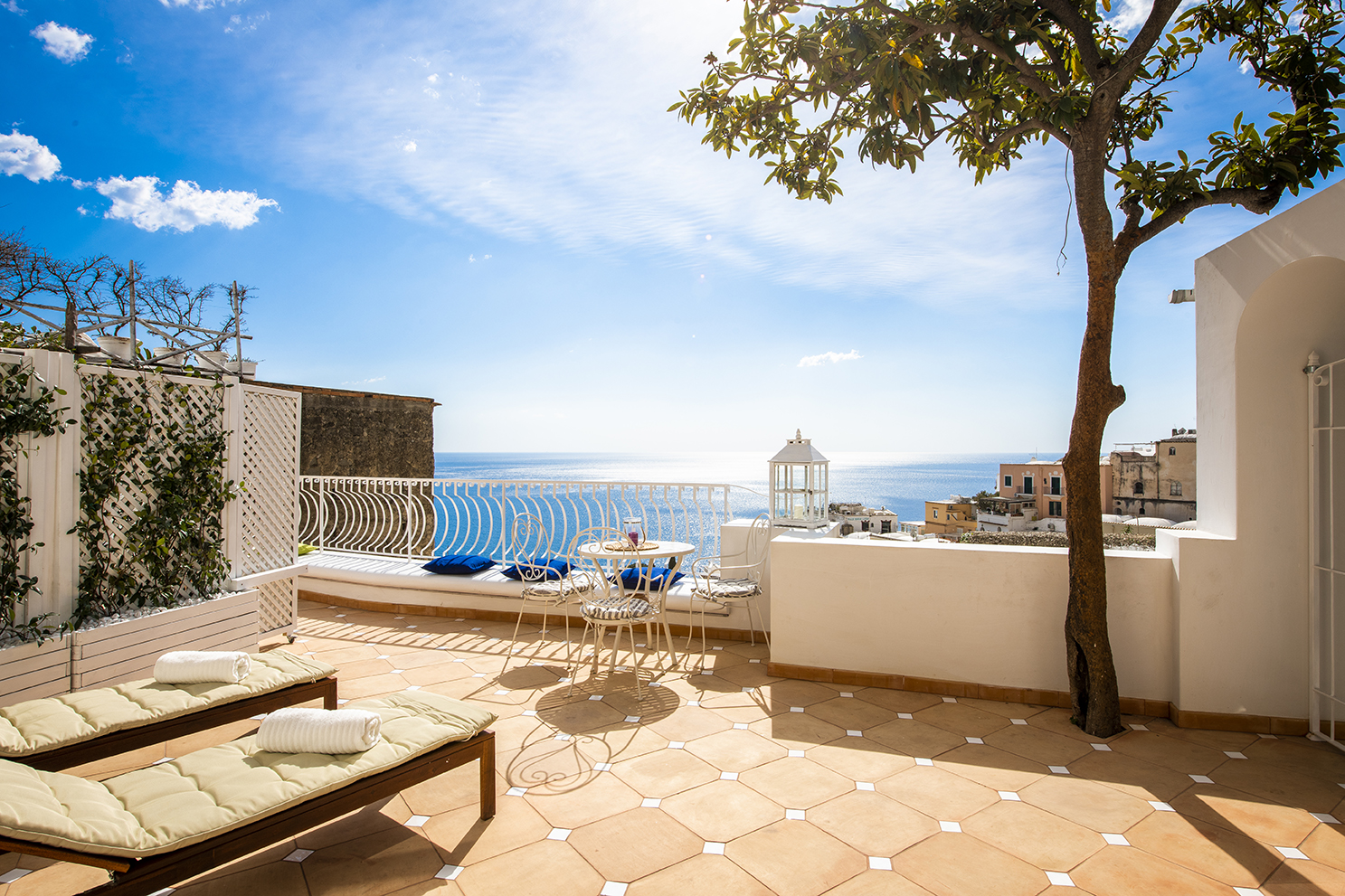
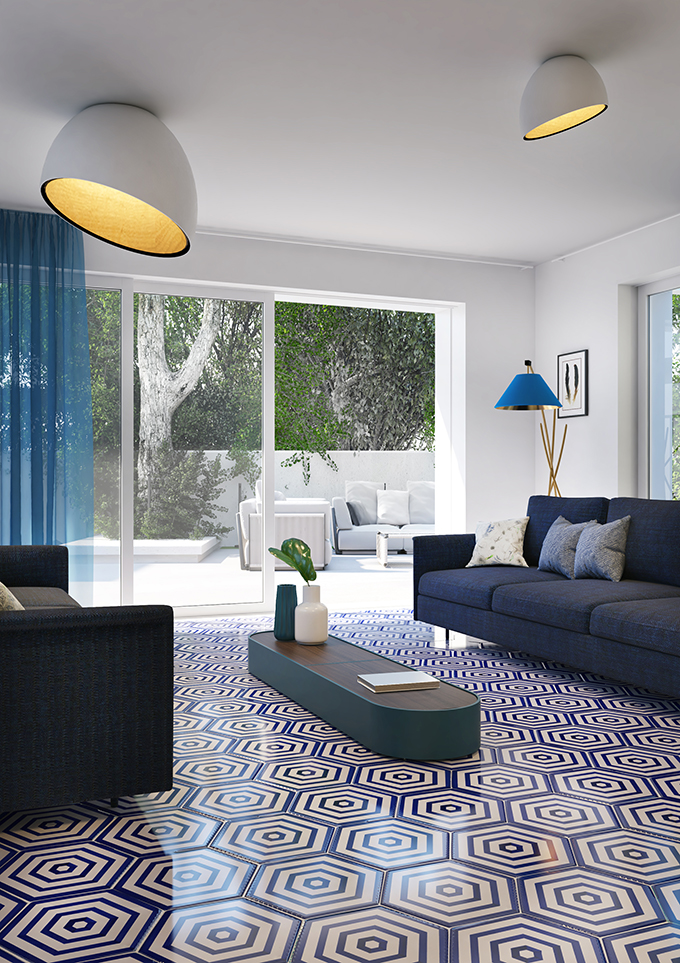
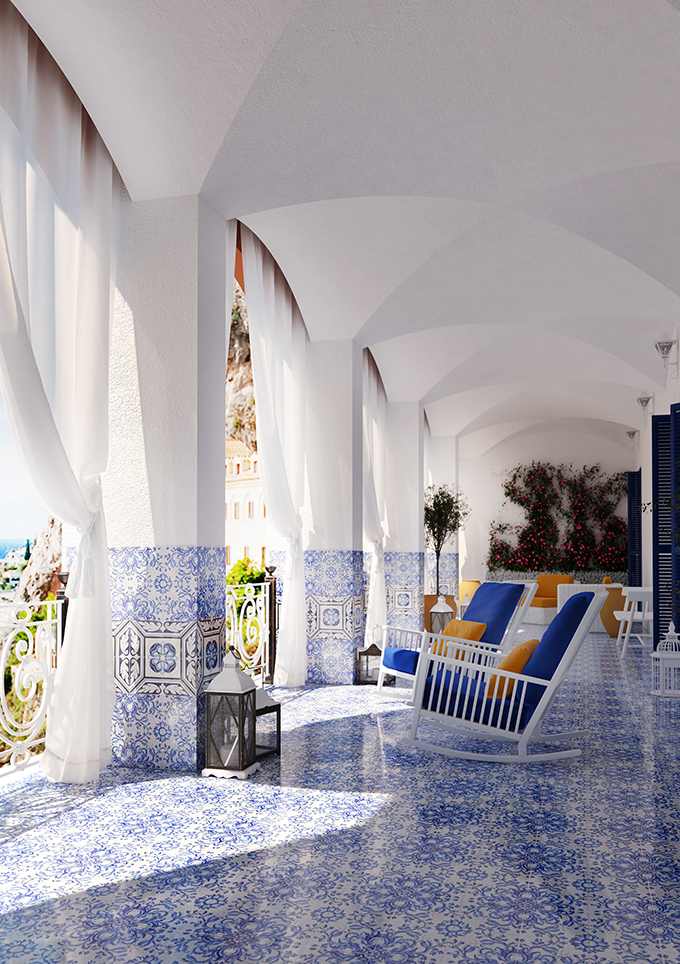
Costamalfi®
Ceramica Erre was founded 50 years ago thanks to the great and unmuted passion of its founder Emilio Rocco. When he was six , Emilio started his path in the world of ceramics by working as an apprentice at a pottery barn in Vietri. He used to walk there, every day, from the village of Benincasa. When he turned 16 anni, after having worked for many different small local businesses and having acquired the right experience in decorating and preparing unique glazes, he opened his first personal laboratory at home, giving prestige to his talent and creativity. From then on it’s been a long successful path; from the management of different ceramic factories in Cava to the coronation of his dream in 1973 when he set up his own business.
This has been possible also thanks to the invaluable cooperation of his wife Lucia, a skilled decorator. Today the attentive contribution of their sons Erica and Alessandro ensures the generational continuity of the business.
Ceramica Erre and Costamalfi are proudly among the most important and well-known ceramic producers with designers, dealers and hotels choosing their handmade tiles and ceramic objects for the most luxurios hotels and restaurants in the world.
The Terracotta
Vietri sul Mare is an enchanting seaside town on the Amalfi Coast, it was the ancient Etru- scan Marcina, that the Romans called Veteri then eventually become Vietri. It was subject to Saracen raids before flourishing as a commer- cial town with the Amalfi Republic, sea trading ceramics. The terracotta production together with the ceramic tradition brought the famous riggiole, ceramic tiles used in the ancient aristocratic residences in the rich and literate Naples, as well as in monasteries and chur- ches. The word Riggiola is still used in Nea- politan dialect to define the ceramic tiles. This word has very old origins strictly linked to the history of the Kingdom of the Two Sicilies and its capital: Naples. Its most credible ethymo- logy is the one dating back to the Aragonese period with King Alfonso the Magnanimus in 1450.
The origin from Latin rubéola meaning reddish just like the typical terracotta red co- lour, turned into the Castillian rajoleta before getting to Naples and Vietri to definitively be- come Riggiola. Over the centuries the range widened and changed, becoming really arti- culated in taste, style and decoration techni- ques. Today Costamalfi offers a plentiful range of handmade terracotta, made of local clays, some from the near quarry of Ogliara in Saler- no and some others made of clays coloured with oxides. The production of the shapes, the most unexpected and varied, is then enriched by fine glazings and for those who love deco- rations, adding either centuries-old patterns or contemporary ones.
All decorations can be bespoke in order to meet the most exclusive projects for houses and hotels where the tiles will be the finishing touch. Architects will be able to design and ask for any shapes, surfa- ces and decorations in the most versatile way, working on any kind of luxury projects, either classical or contemporary.


